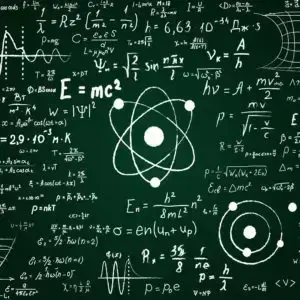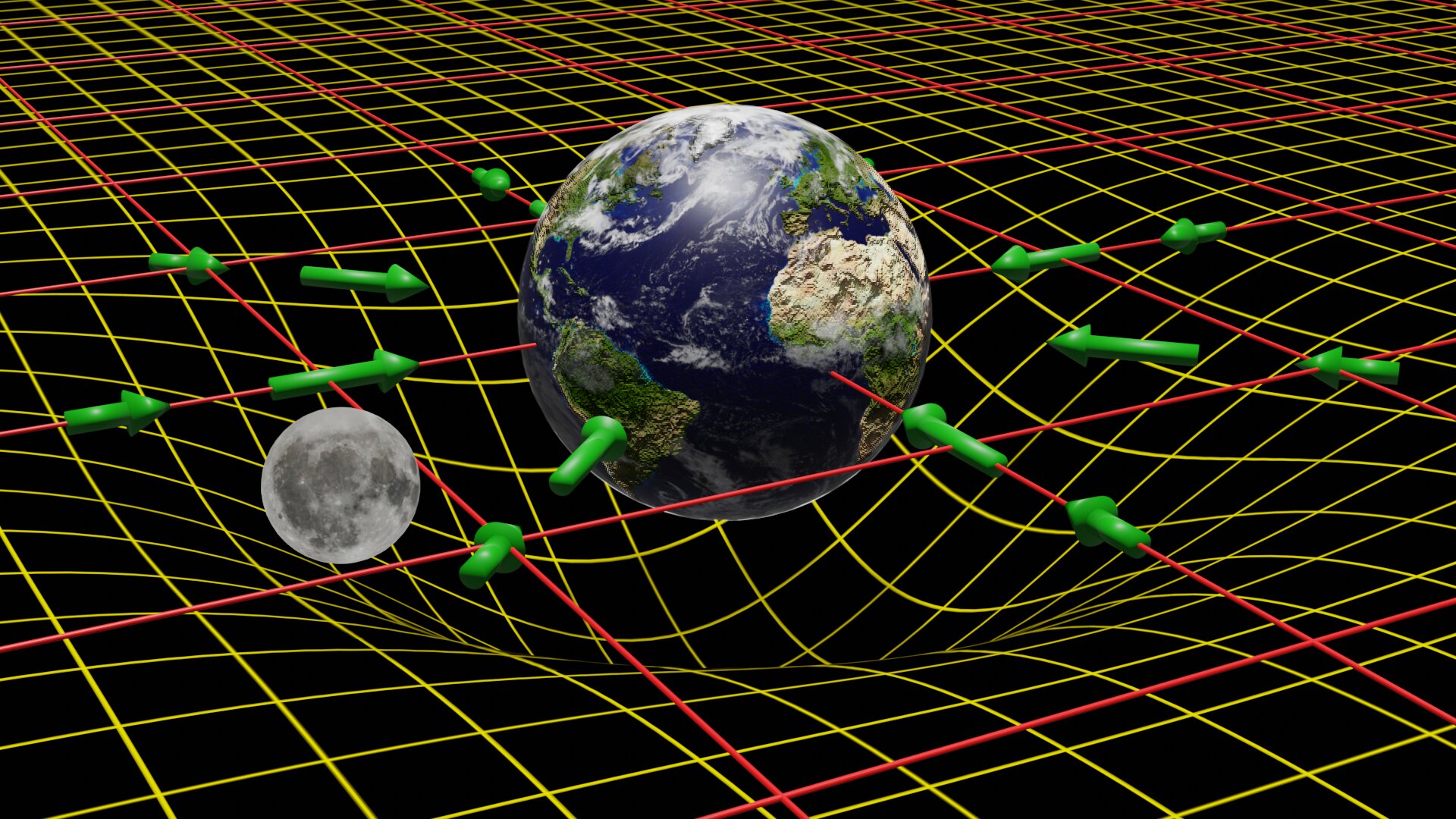Although the theory is promising, the duo point out that they have not yet completed its proof. The theory uses a technical procedure known as renormalization, a mathematical way of dealing with infinities that show up in the calculations.
So far Partanen and Tulkki have shown that this works up to a certain point—for so-called ‘first order’ terms—but they need to make sure the infinities can be eliminated throughout the entire calculation.
“If renormalization doesn’t work for higher order terms, you’ll get infinite results. So it’s vital to show that this renormalization continues to work,” explains Tulkki. “We still have to make a complete proof, but we believe it’s very likely we’ll succeed.”



You have extraordinarily loose standards. Sad.
What? How do you mean.
I said it was logically consistent, which if it wasn’t no one would be shouting from the hills about it, since it would be the same as saying that 5 = 4.
It might be fictious, I.e. the equations don’t relate to reality, but it is good fiction, in that it doesn’t produce nonsense.
You can produce any equation that proves anything. Which is in no way related to physical reality. Get a grip.
This isn’t a theory, it isn’t a hypothesis. It’s the raging of a drunken mind looking for funding sources.
Well I never commented on what it was, although I agree with you on the latter point, string theory doesn’t to the best of my knowledge appear to be testable, so its a bit of a waste of time.